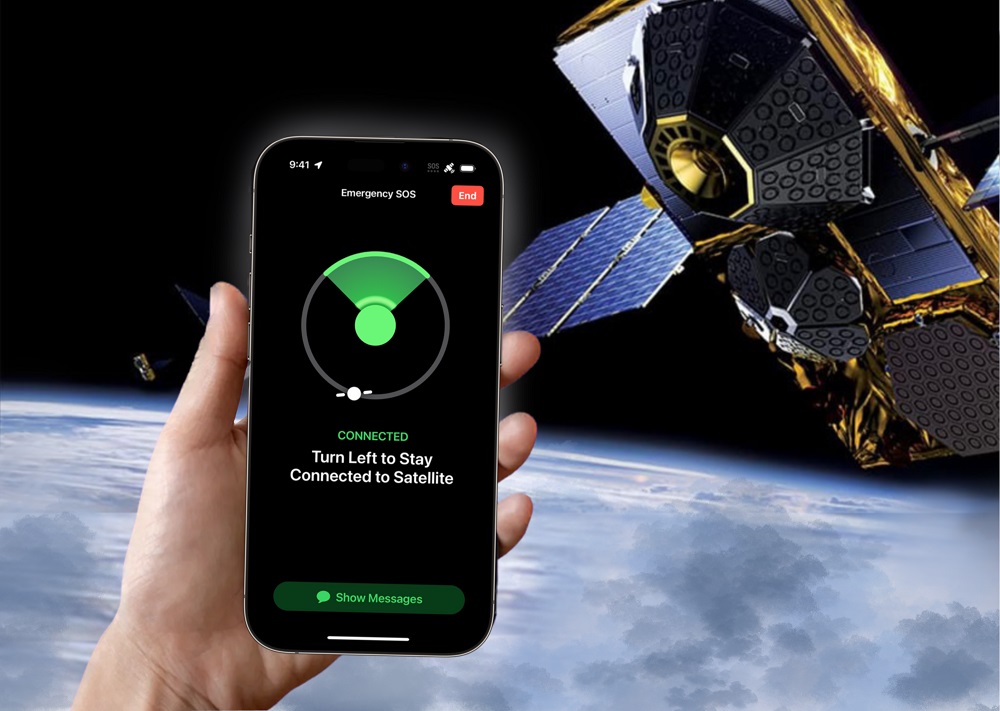Everyone in the ‘on-Earth mining’ industry knows how valuable a decent cell phone signal can be. While you might still be relying on the Leaky Feeder underground, soon you could have cell signal anywhere on the surface of our planet, if SpaceX has anything to say about it.
SpaceX has recently launched a groundbreaking innovation in global connectivity: the first six Direct to Cell-capable Starlink satellites. This milestone, achieved on January 3, 2023, marks a significant advancement in the realm of satellite communications. The launch, which took place from Vandenberg Space Force Base in California, added these unique satellites to SpaceX’s already extensive portfolio, now totaling 296 launches, 260 landings, and 231 reflights.
These new Starlink satellites, described by SpaceX as “cell phone towers in space,” are designed to fill connectivity gaps in remote areas where traditional mobile network signals are weak or nonexistent. This initiative is set to revolutionize communication in these regions by providing seamless access to text, voice, and data services for LTE mobile phones globally.

The initiative, known as Direct to Cell, is the result of SpaceX’s collaboration with T-Mobile in the U.S. and six other carriers worldwide. Initially, the service will enable text messaging, with plans to expand to voice and data capabilities in the future. This development is expected to significantly boost SpaceX’s revenue, with projections indicating that its satellite business could generate up to $10 billion in sales this year, surpassing its rocket launch business.
SpaceX’s foray into extraterrestrial cell service is part of a broader competitive landscape. Notably, AT&T has made strides in this domain by completing the first voice call on a regular phone using a satellite connection, and Amazon’s Project Kuiper is set to begin beta testing later this year, promising to deliver similar services for Verizon, NTT, and Vodafone.
Regulatory approval and technological testing are underway for SpaceX’s Direct to Cell service. The company has been granted a 180-day period by the Federal Communications Commission (FCC) to test around 840 satellites equipped with direct-to-cellular payloads. These satellites feature an advanced modem that integrates with the network, akin to a standard roaming partner.
Despite the technological advances and potential benefits, this venture has sparked concerns. Competitors worry about potential interference issues, and astronomers have raised alarms over the brightness of these satellites. However, SpaceX has committed to assessing and minimizing the impact on the night sky, highlighting the importance of preserving its natural beauty.
SpaceX’s partnership extends beyond the U.S., with collaborations in countries such as Australia, Canada, New Zealand, Japan, Switzerland, and Chile. The introduction of this service is set to start with messaging capabilities, followed by the addition of voice and data, marking a new era in space-based telecommunications and connectivity.
